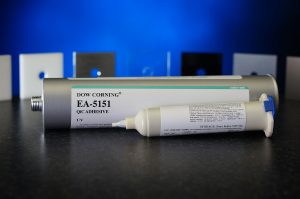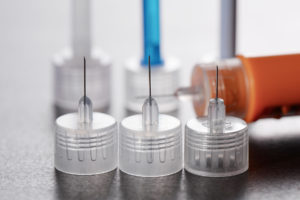As a distributor of adhesive materials and dispensing equipment, we are proud to represent the industry’s most well known manufacturing brands.
This week the Techcon brand revealed a new brand identity…

Techcon, a division of OK International, offers a wide array of fluid dispensing equipment equipment and components. The Techcon product range includes complete microprocessor controlled dispensing systems and precision valves as well as disposable accessories such as tips, cartridges and pinch tubes.
Since 1961, Techcon has been a leader in fluid dispensing systems and products. Today the team at Techcon are aiming to revitalise and re-engerise the Techcon brand with a new look, and a renewed commitment to creating higher value for customers.
As an official distributor of Techcon fluid dispensing equipment, Ellsworth Adhesives Europe would like to wish the manufacturer success with their new brand identity.
View our range of Techcon products.
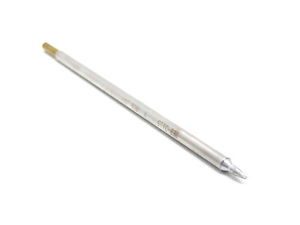
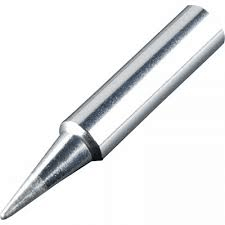
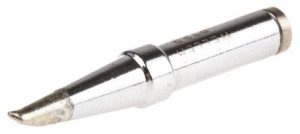
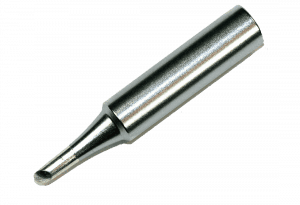
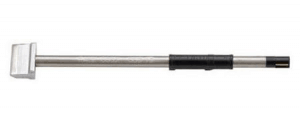
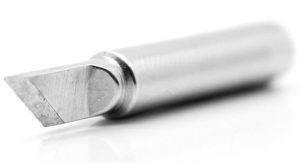

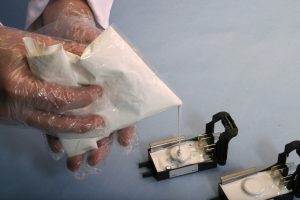 Ellsworth Adhesives Europe is pleased to announce the addition of two new safety-focused resins to its material range.
Ellsworth Adhesives Europe is pleased to announce the addition of two new safety-focused resins to its material range.